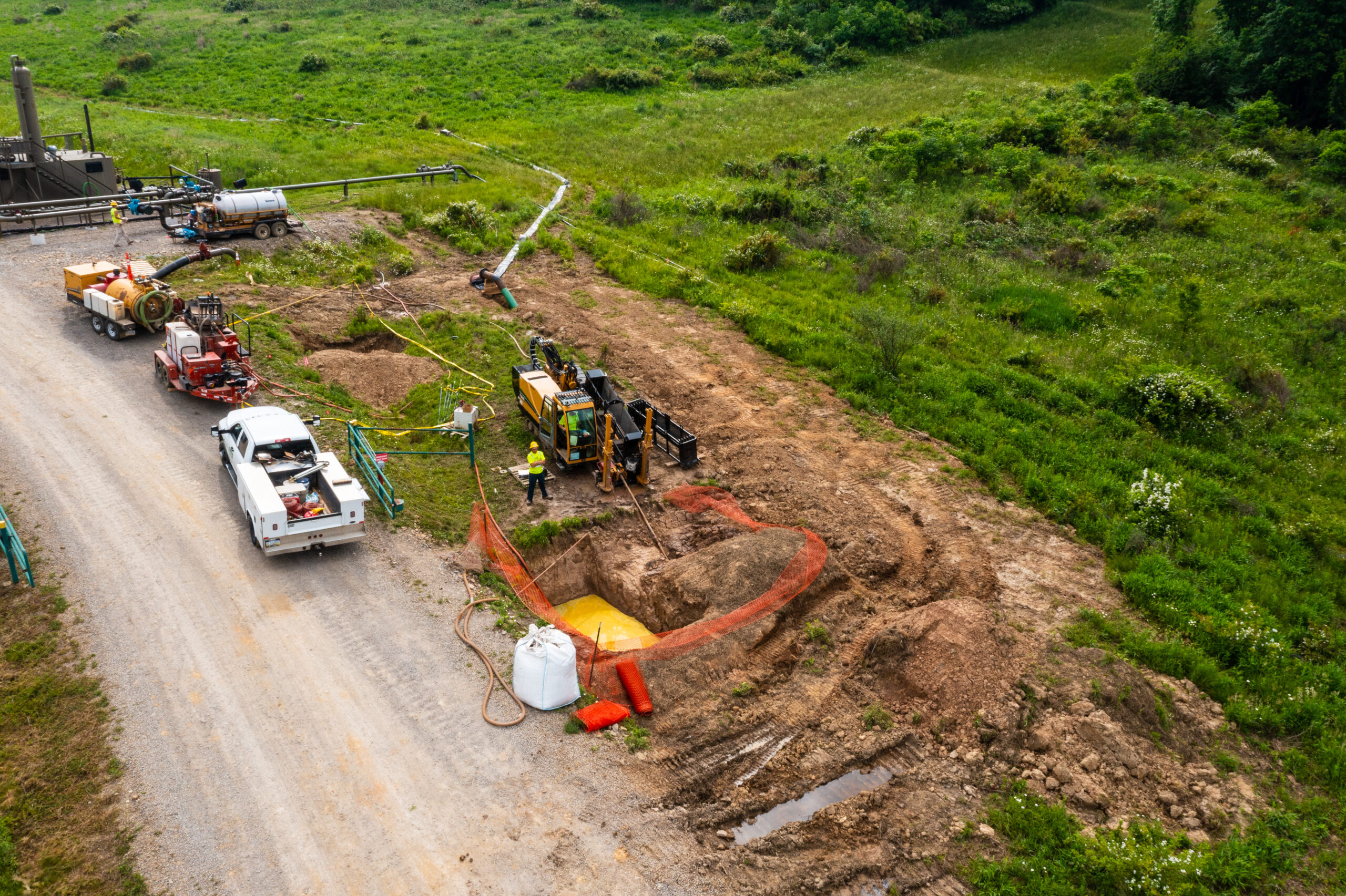Efficiency in Progress: The Potential of Horizontal Directional Drilling
Horizontal Directional Drilling, commonly called horizontal directional drilling, is transforming the way construction projects are conducted by offering a trenchless method for installing utilities underground. This cutting-edge technique facilitates accurate drilling under multiple terrains, minimizing surface disruption while maximizing efficiency. Grasping what HDD is and how it works is crucial for project managers, designers, and those participating in utility installation.
As urban areas continue to grow and face challenges related to current infrastructure, the advantages of HDD are more evident. Not only does it offer a means to navigate complex environments, but it also lowers project timelines and installation costs. In Horizontal Directional Drilling Belfast Northern Ireland , we will explore the diverse benefits of horizontal directional drilling, including its application in utility installations, the developments in technology that enhance accuracy, and the green benefits that make HDD a preferred choice in the modern construction field.
Understanding Horizontal Directional Boring
Lateral Directional Boring, frequently known as Horizontal Directional Drilling, is a trenchless approach used to install below-ground utilities with limited surface disturbance. This technique permits for the installation of pipes, cables, and fiber optics without the necessity for significant earthworks. By using a drilling rig equipped with a cutting head, HDD produces a drilled hole that aligns with a set path, allowing for the effective placement of different utilities. The procedure initiates with a initial hole being drilled along the scheduled route, which can navigate around barriers and below roads, streams, and facilities.
When the pilot hole is finished, the following step involves reaming the hole to the specified diameter to accommodate the infrastructure being installed. This is done using different enlarging tools that expand the pilot hole while preserving its horizontal direction. Subsequent to the reaming process, the utility is pulled back through the hole, finalizing the setup. This method is notably advantageous for contracts in urban settings, where conventional trenching methods would lead to considerable disruption and operational issues.
One of the important features of HDD is its adaptability in various soil types and terrains. The process can be efficiently utilized in rocky, dense soil or loose sediments, making it ideal for various settings. The technology behind HDD has developed considerably over the years, integrating sophisticated GPS and tracking systems that boost precision and effectiveness. As the demand for sustainable infrastructure solutions keeps to rise, HDD is recognized as a prominent method, delivering both ecological advantages and shortened project timelines compared to traditional methods.
Benefits and Applications of HDD
The benefits of Horizontal Directional Drilling (HDD) are numerous, particularly in its potential to setup utilities with minimal surface disruption. One of the key positives is its gentle nature, allowing for the setting up of pipelines, cables, and conduits without the requirement for extensive excavation. This does not only helps to maintain existing landscapes but also lowers the chance of harming nearby infrastructure and ecosystems. Additionally, HDD can navigate complex terrains and obstacles, making it an optimal solution for urban environments, where traditional trenching methods may be inefficient or impossible.

HDD has become increasingly crucial in utility installations, especially for fiber optic and telecommunications projects. As the demand for rapid internet and advanced communication networks grows, HDD provides a dependable method for setting up necessary infrastructure without major interruptions to daily activities. Its adaptability extends beyond telecommunications; HDD is also widely used for water and sewer line installations, effectively fulfilling the needs of municipal projects while preserving community functionality.
The future of HDD looks promising, with constant advancements in technology boosting its applications. Innovations such as GPS and instant monitoring systems are boosting the exactness and efficiency of HDD operations, particularly in vulnerable areas where accuracy is crucial. The technique's ecological benefits, including lowered soil disturbance and lower greenhouse gas emissions, match with the growing emphasis on sustainable construction practices. As sectors continue to embrace trenchless technologies, HDD is poised to pioneer the way in addressing future infrastructure needs while reducing environmental impacts.
Upcoming Trends and Advancements in HDD
As we gaze towards the horizon of Horizontal Directional Drilling, the integration of advanced technology will have a pivotal part in shaping the industry. The utilization of GPS and real-time data analysis is expected to substantially enhance the accuracy and efficiency of HDD processes. These innovations will allow professionals to make well-informed decisions on the fly, reducing hazards and improving overall project results. With the continuous advancement of software solutions that can forecast soil conditions and modify drilling settings as needed, the accuracy of HDD projects will attain unprecedented levels.
Another key trend is the focus on eco-friendliness and reducing ecological impact. As regulations around ecological protection become more stringent, HDD is established as a foremost technique for reducing interference to natural habitats and urban landscapes. Innovations such as eco-friendly drilling liquids and advanced waste handling systems are under exploration to further lessen the environmental impact of HDD projects. Companies are increasingly prioritizing environmentally sustainable methods, providing them a competitive edge as clients look for eco-conscious answers for infrastructure growth.
Additionally, the future of HDD will be greatly shaped by its function in renewable power infrastructure. As the world shifts towards cleaner energy sources, HDD is vital for putting in place tubing and lines that support wind energy, solar power, and other renewable projects. The increasing demand for effective and low-impact installation techniques will drive tech progress in HDD equipment and methods. These advancements not only guarantee to simplify the installation processes but also demonstrate HDD's adaptability in addressing the changing needs of the power industry.